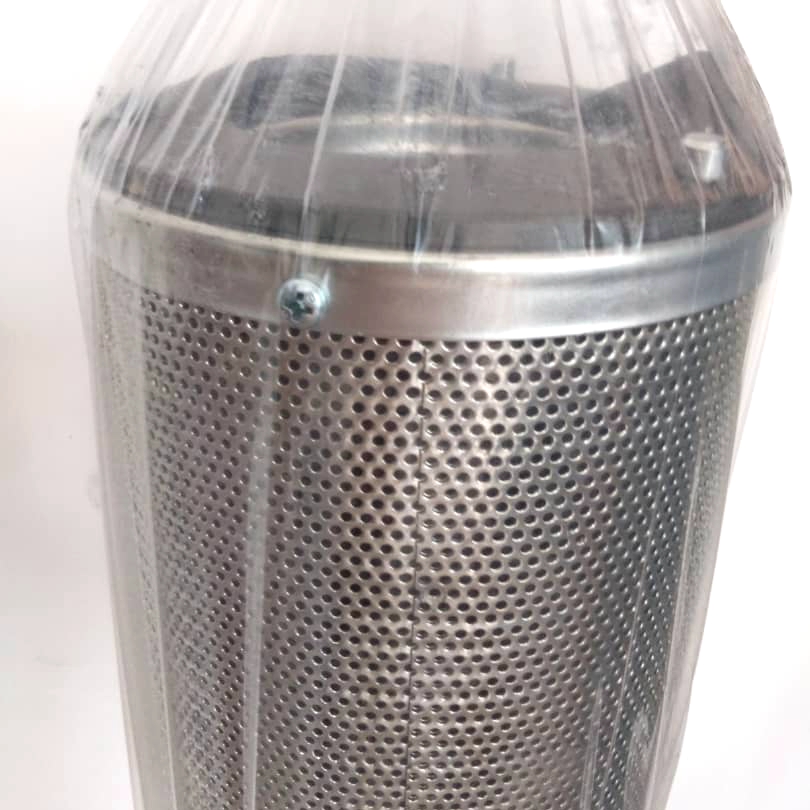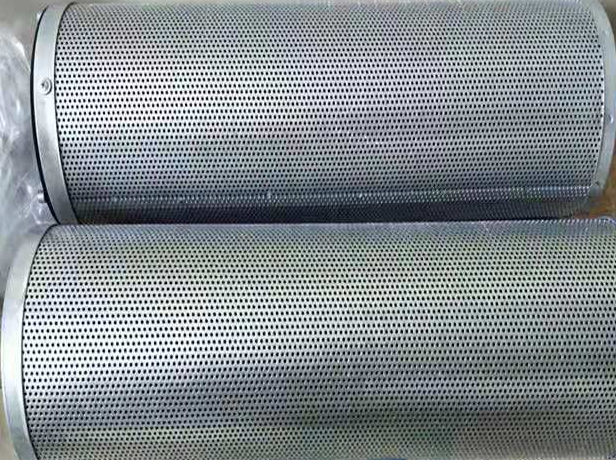Activated carbon is widely used in our life, and its good adsorption capacity is very popular. The activated carbon filter is a filter device of a tank body. The exterior is generally made of glass fiber reinforced plastic, and the interior is filled with activated carbon, which can filter microorganisms and some heavy metal ions in the water, and can reduce the color of the water. So how does this activated carbon filter work?
The adsorption principle of activated carbon is to form a layer of balanced surface concentration on the surface of its particles. The size of the activated carbon particles also has an effect on the adsorption capacity. In general, the smaller the activated carbon particles, the larger the filter area. Therefore, powdered activated carbon has the largest total area and the best adsorption effect, but powdered activated carbon easily flows into the water tank with water, which is difficult to control and is rarely used. Granular activated carbon is not easy to flow due to the formation of particles, and impurities such as organic matter in water are not easy to block in the activated carbon filter layer. It has strong adsorption capacity and is easy to carry and replace.


The adsorption capacity of activated carbon is proportional to the contact time with water. The longer the contact time, the better the filtered water quality. Note: The filtered water should flow out of the filter layer slowly. The new activated carbon should be washed clean before the first use, otherwise there will be black water flowing out. Before the activated carbon is loaded into the filter, a sponge with a thickness of 2 to 3 cm should be added at the bottom and top to prevent the penetration of large particles of impurities such as algae. After the activated carbon is used for 2 to 3 months, if the filtering effect decreases, it should be replaced. New activated carbon, sponge layer should also be replaced regularly.
The filter material in the activated carbon filter adsorber can be filled with quartz sand with a height of 0.15~0.4 meters at the bottom. As the support layer, the particles of quartz sand can be 20-40 mm, and the quartz sand can be filled with granular activated carbon of 1.0-1.5 meters. as a filter layer. The filling thickness is generally 1000-2000mm.
Before the activated carbon filter is charged, the bottom filter material quartz sand should be subjected to the stability test of the solution. After soaking for 24 hours, the following requirements are met: the increase of all solids does not exceed 20mg/L. The increase in oxygen consumption should not exceed 10 mg/L. After soaking in alkaline medium, the increase of silica does not exceed 10mg/L.
The activated carbon filter quartz sand should be cleaned carefully after being washed into the equipment. The water flow should be washed from top to bottom, and the dirty water should be discharged from the bottom until the effluent is clarified. Then, the granular activated carbon filter material should be loaded, and then cleaned. The water flow is from bottom to bottom. Rinse on top, dirty water is drained from the top.
The function of activated carbon filter is mainly to remove macromolecular organic matter, iron oxide and residual chlorine. This is because organic matter, residual chlorine and iron oxides can easily poison the ion exchange resin, while residual chlorine and cationic surfactants will not only poison the resin, but also damage the membrane structure and make the reverse osmosis membrane ineffective.
Activated carbon filters are widely used in the industry. They can not only improve the water quality of the effluent, but also prevent pollution, especially the free residual oxygen poisoning pollution of the back-stage reverse osmosis membrane and ion exchange resin. Activated carbon filter not only has high efficiency, but also has low operating cost, good effluent quality and good filtering effect.
If you need it, just click the button below.
Post time: Oct-09-2022





